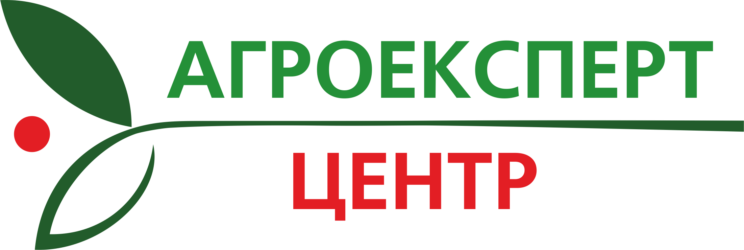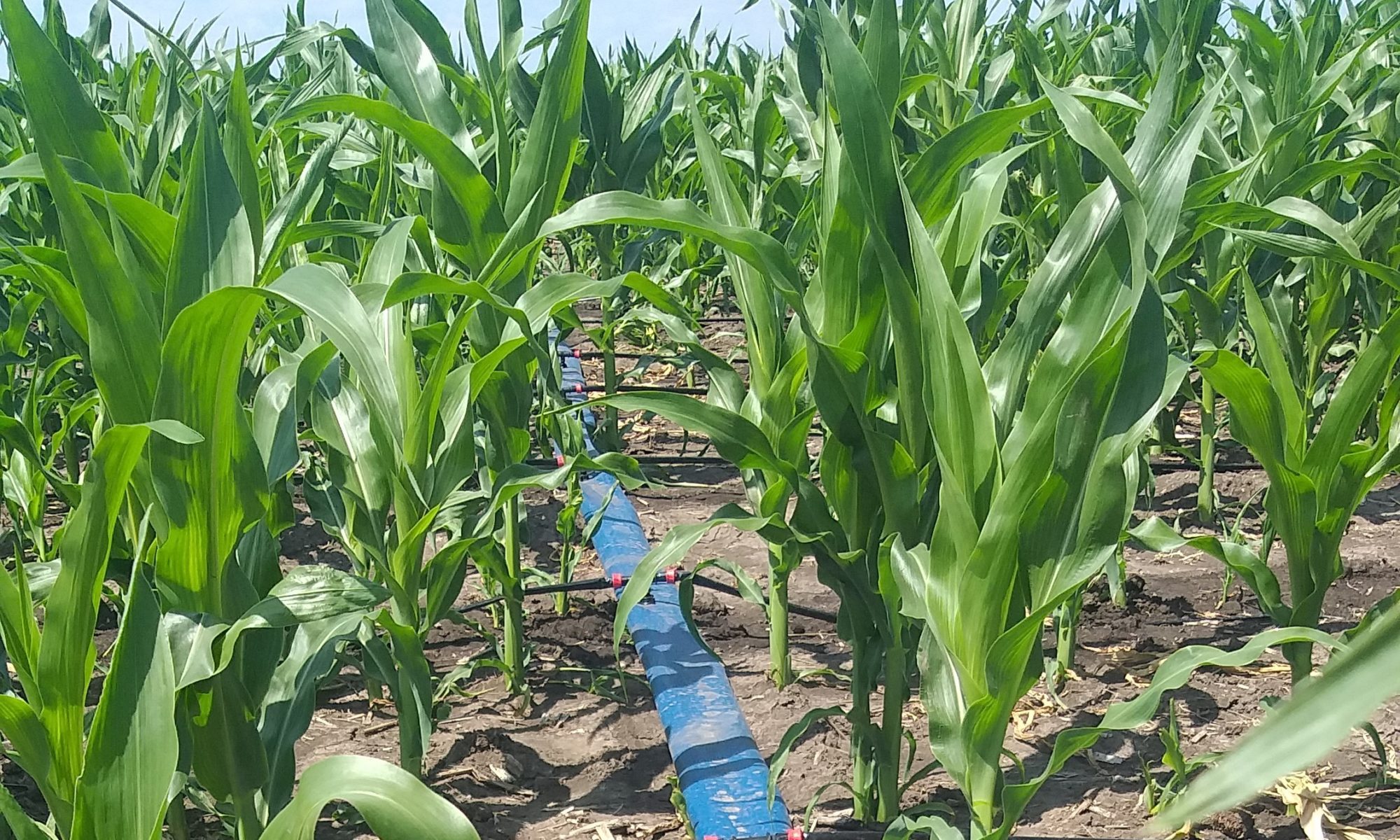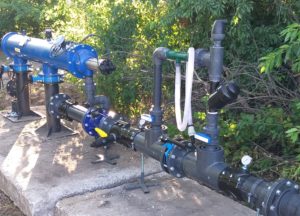Importance for the world cannot be underestimated. It is used in:
– food industry;
– feeding animals;
– pharmaceutical, paper and construction industries;
-production of bioethanol and biogas.
For Ukraine, corn was and remains a strategic crop that is grown in all climate zones. Taking a single technology as a guide without adapting it to the conditions, opportunities and needs of the economy will not allow you to get high yields. Therefore, only the collection of various information in combination with your own experience will allow you to have good results.
Maize has a bushy, very branched root system, the main mass of which is located at a depth of up to 60 cm from the soil surface. However, the root system absorbs the largest amount, approximately 47% of soil moisture, exactly at a depth of 0-15 cm. And at a depth of 45-60 cm, this figure reaches about 7%. During the season, 4000 – 8000 m3/ha of water is needed for 1 ha of corn sowing. The corresponding yield will be formed from the received moisture. And here it is not only about the amount of available moisture, an important factor is the time of its arrival. The weather conditions of recent years are increasingly forcing specialists to look for alternative ways and make adjustments to their technologies. Changes may relate to tillage, which is aimed at maximum accumulation and preservation of moisture in the soil and the work of breeders who create new hybrids with an increased level of drought resistance. All of this together makes it possible, if not to open up to new prospects for productivity, then at least to keep these indicators at the optimal level, which will be economically justified for the current conditions. Therefore, the task of the farm is to ensure the availability of productive moisture in the root zone.
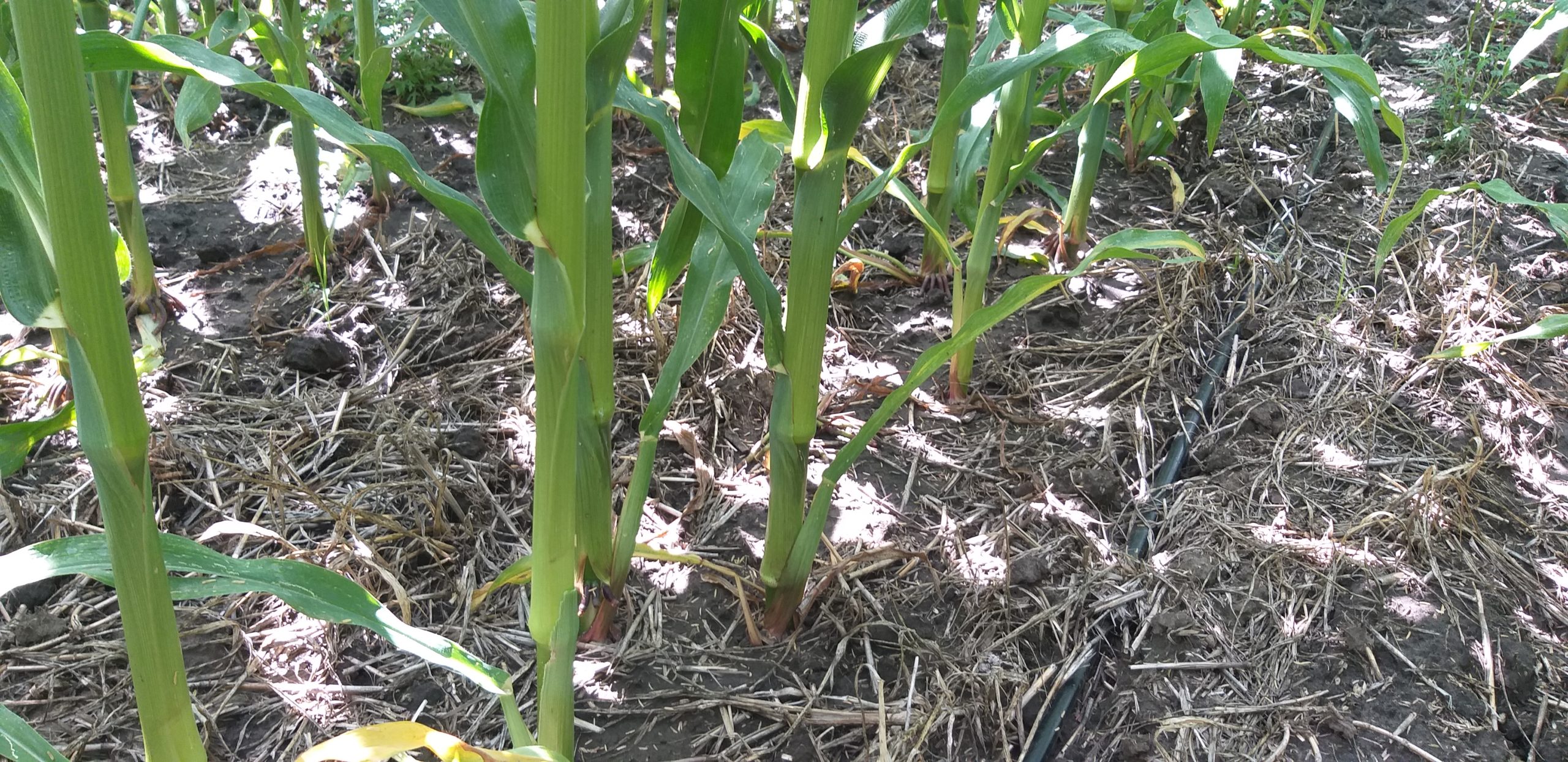 A promising direction in this is the use of drip irrigation. In this article, we will try to talk in detail about the main aspects of corn irrigation, note the positive and possible negative moments that occur on the way of the agricultural producer.
A promising direction in this is the use of drip irrigation. In this article, we will try to talk in detail about the main aspects of corn irrigation, note the positive and possible negative moments that occur on the way of the agricultural producer.
The advantages of drip irrigation on corn crops include:
– Timely provision of the plant with the required amount of moisture;
– Maintaining a high water balance of the plant;
– Provision of conditions for full disclosure of the potential of the selected hybrid: increase in the size of the cobs, the number of rows and the weight of the grain;
– Due to the available amount of moisture in the root zone, the negative impact of high temperatures is reduced due to the plant’s ability to form a high index of the leaf plate and regulation of assimilation processes.
The possibility of dosed introduction of power elements.
Therefore, first of all, the introduction of the drip irrigation system should be based on the farm’s accessibility to water sources. It can be a well, a large water storage pool, an open reservoir, irrigation canals, which have been left to us as a legacy since Soviet times. If you have any of the above, you can confidently move on. The next stage will be the design of the irrigation system of the selected area, which takes into account all the nuances of the available volume of water and the configuration of the field.
Usually, the basic equipment of the drip irrigation system consists of:
– Pump station (source of water supply);
– filter stations;
– fertilizer application unit;
– main and distribution pipelines;
– pressure regulators and air valves;
– irrigation pipelines;
– shut-off and regulating fittings;
– control and measuring devices.
An equally important factor is soil and irrigation water analysis. These tasks should definitely be left to specialists!
Your task as a farmer is to understand the frequency and relevance of watering based on the biological features of crop development, weather conditions and your planned indicators.
Maize is a fastidious crop to the water, air and temperature regimes of the soil. Critical periods in its consumption of moisture are primarily flowering, formation and pouring of grains. At the seedling stage, corn does not consume much moisture, and during this period it is quite possible to avoid early watering, which can usually lower the soil temperature, and temperature indicators have a greater influence on the uniformity of corn seedlings.
There are two moments when watering immediately after sowing can be justified:
1. Surface drought, which does not satisfy the needs of seeds for germination;
2. Increasing the effectiveness of the use of soil herbicides.
However, dry conditions during this period can cause uneven germination and, accordingly, not the same time of plant development. Crops, the seedlings of which were obtained in less than optimal terms, are prone to be affected by powdery mildew diseases. The use of provocative irrigation from the phase of the 3rd leaf can contribute to faster germination of weed seeds, which makes it possible to work more effectively with insurance herbicides in the absence of a soil scheme.
Herbicidal protection should definitely not be neglected. However, the application of the drug in an inappropriate phase of the development of a cultivated plant is a kind of stress for it. A certain part of herbicides is allowed to be used starting from the 3rd leaf.During this and subsequent periods of growth and development of the culture, roughly the phase of VVSN 13, the formation of its generative organs and, accordingly, our potential productivity falls. Therefore, during this period, it is necessary to protect the plant as much as possible from any stress, including the avoidance of Nitrogen, Phosphorus, and Zinc deficiency.
Tip: it is better to calculate the time of application of the insurance herbicide by the growth point inspection method. It is believed that as long as the growth point is below, or at the level of the soil surface, none of the physical or biotic factors affect or have little effect on the potential yield. The only thing that can harm during this period is overhydration. Therefore, the application of irrigation at such an early date should be rationally justified and minimal.
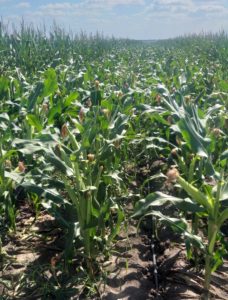 Vegetative phases of corn development are not as sensitive to lack of moisture as reproductive ones. However, sometimes watering can be started from the phase of 5-7 leaves. In order to determine the exact period for starting irrigation systems, it is necessary to constantly monitor humidity and make decisions based on its results. By the way, here you will simplify the situation and allow you to use your time strategically by automating the irrigation system with the installation of tensiometers on each irrigation block, which will report online on the presence of available moisture on your site.
Vegetative phases of corn development are not as sensitive to lack of moisture as reproductive ones. However, sometimes watering can be started from the phase of 5-7 leaves. In order to determine the exact period for starting irrigation systems, it is necessary to constantly monitor humidity and make decisions based on its results. By the way, here you will simplify the situation and allow you to use your time strategically by automating the irrigation system with the installation of tensiometers on each irrigation block, which will report online on the presence of available moisture on your site.
The system of drip splicing on corn crops is also unique in that it makes it possible to apply fertilizers dosed and regularly. Starting from the phase of VVSN 19 (approximately the 9th leaf), the potential number of grains in a row is determined, resistant roots are formed and intensive, vegetative growth occurs, and it is at this time that the plant consumes a significant, but not the maximum, amount of nitrogen. Usually, farms do not have the technical ability to apply an available form of nitrogen in a critical period – a drip irrigation system will solve this problem in a few waterings!
As mentioned above, it is definitely necessary to have an analysis of the soil and water to make an optimal feeding system. This will make it possible to choose the necessary amount of suitable nutrients, and knowing the biology of the plant, we will collect in our assortment all the tools to reveal the potential of the hybrid. Manifestations of deficiency of nutrients in the early stages of plant development can reduce the plant’s resistance to diseases.
The plant needs the maximum amount of moisture and nitrogen nutrition in the early reproductive stages. This is the panicle emergence phase (VVSN 51) and continues until the grain formation phase (VVSN 71). Their absence or insufficient amount directly affects the formation of the crop. The main task for this period is to pay maximum attention to optimal hydration of the basal area. It is a well-known fact that at a temperature above +35, the plant suspends its vegetation. Not infrequently, such temperatures catch the plant precisely during the flowering period, affecting the sterility of the pollen. This may lead to underpollination, thrush. But in the presence of available moisture in the soil, air drought may not be so critical.
During the grain formation phase (VVSN 71) the issue of nutrition is no less critical. At this stage, the plant needs Nitrogen and Phosphorus in almost the same amount. Do not forget Kaliya. Its need is uniform throughout the entire period of plant growth and grain formation and pouring. During the formation of the grain, the plant reaches its maximum height, so it is possible to provide it with the necessary elements only with the help of drip irrigation.
Irrigation rate and nutrition should be gradually reduced from the phase of early waxy ripeness (VVSN 83) and completely completed at the physiological ripeness of the grain, the “black point”. Usually, during this period, grain moisture is 30-32%.
If you firmly decide to grow corn on drip irrigation, 100% compliance with the technology of protection, nutrition and sowing standards is necessary. In recent years, the saturation of crop rotation with corn has increased significantly.Growing it in a monoculture promotes the development of pathogens and increases the number and variety of pests. Therefore, the addition of insecticidal, and more recently, fungicidal protection to the technology is mandatory. Due to active nitrogen nutrition, greater density of crops and accumulation of moisture, there is a rather high risk of disease manifestation. It is not uncommon to encounter such a phenomenon as “obesity”. This is caused by an excessive amount of nutrients and moisture per plant. This is influenced by the density, which under optimal conditions should be within 80-90 thousand plants per 1 ha.
 The next thing your irrigation system should be based on, ie the actual amount of water used, frequency and duration, is the % RH (lowest moisture content) of your site’s soil. Soil moisture content is a value that quantitatively characterizes the ability to absorb and retain a certain amount of moisture under the action of capillary and sorption forces. Depending on the conditions that hold moisture in the soil, several types of its moisture content are distinguished: maximum, capillary, minimum and full. To calculate irrigation schemes, the indicator of the smallest HV is used. For each type of soil, this indicator will differ. It depends on the granulometric, mineralogical and chemical composition of the soil, its density and porosity. In other words, the type of soil determines the maximum amount of water it can hold and how much of that water will be available to plants. Fine-textured soils can hold more water than coarse-textured soils. When the soil dries out, it becomes harder for plants to extract water. When the water profile of the soil is full (field capacity), plants use water at the maximum rate. Since the water content in the soil falls below the LV level, plants are less able to extract it and, accordingly, the processes of the optimal level of plant development are reduced. All external factors surrounding the plant in one way or another affect the activity of the root system, namely the intensity of its absorption of moisture from the soil. And the regularity of the movement of soil moisture and its actual availability by plants are due to the connection of moisture with the soil. The equivalent of soil moisture potential is pressure, the force that root hairs use to extract water from the soil.
The next thing your irrigation system should be based on, ie the actual amount of water used, frequency and duration, is the % RH (lowest moisture content) of your site’s soil. Soil moisture content is a value that quantitatively characterizes the ability to absorb and retain a certain amount of moisture under the action of capillary and sorption forces. Depending on the conditions that hold moisture in the soil, several types of its moisture content are distinguished: maximum, capillary, minimum and full. To calculate irrigation schemes, the indicator of the smallest HV is used. For each type of soil, this indicator will differ. It depends on the granulometric, mineralogical and chemical composition of the soil, its density and porosity. In other words, the type of soil determines the maximum amount of water it can hold and how much of that water will be available to plants. Fine-textured soils can hold more water than coarse-textured soils. When the soil dries out, it becomes harder for plants to extract water. When the water profile of the soil is full (field capacity), plants use water at the maximum rate. Since the water content in the soil falls below the LV level, plants are less able to extract it and, accordingly, the processes of the optimal level of plant development are reduced. All external factors surrounding the plant in one way or another affect the activity of the root system, namely the intensity of its absorption of moisture from the soil. And the regularity of the movement of soil moisture and its actual availability by plants are due to the connection of moisture with the soil. The equivalent of soil moisture potential is pressure, the force that root hairs use to extract water from the soil.
So, the number of the irrigation rate is important to us – the total amount of water that must be used for irrigation. It is impossible to determine in advance the amount of watering and the irrigation rate without the following factors:
– Type of soil and, accordingly, its % RH;
– Selected hybrid of his FAO;
– Climatic zone;
– Number of precipitations during the winter period of the current season;
– Planned indicators of the farm
Approximately, this indicator is kept at the level of 2000 to 5000 m3/ha. The minimum standards will allow to keep the soil moisture at an optimal level (do not fall below 70% RH), which is sufficient for the development of the plant and will not allow it to reach the point of wilting. The prospect of higher yields forces an increase in the irrigation rate.
In each individual case, there must be an individual decision and design.
Our team has experience and the ability to implement such projects. We remain in constant contact to provide technical support and consulting support throughout the season.
